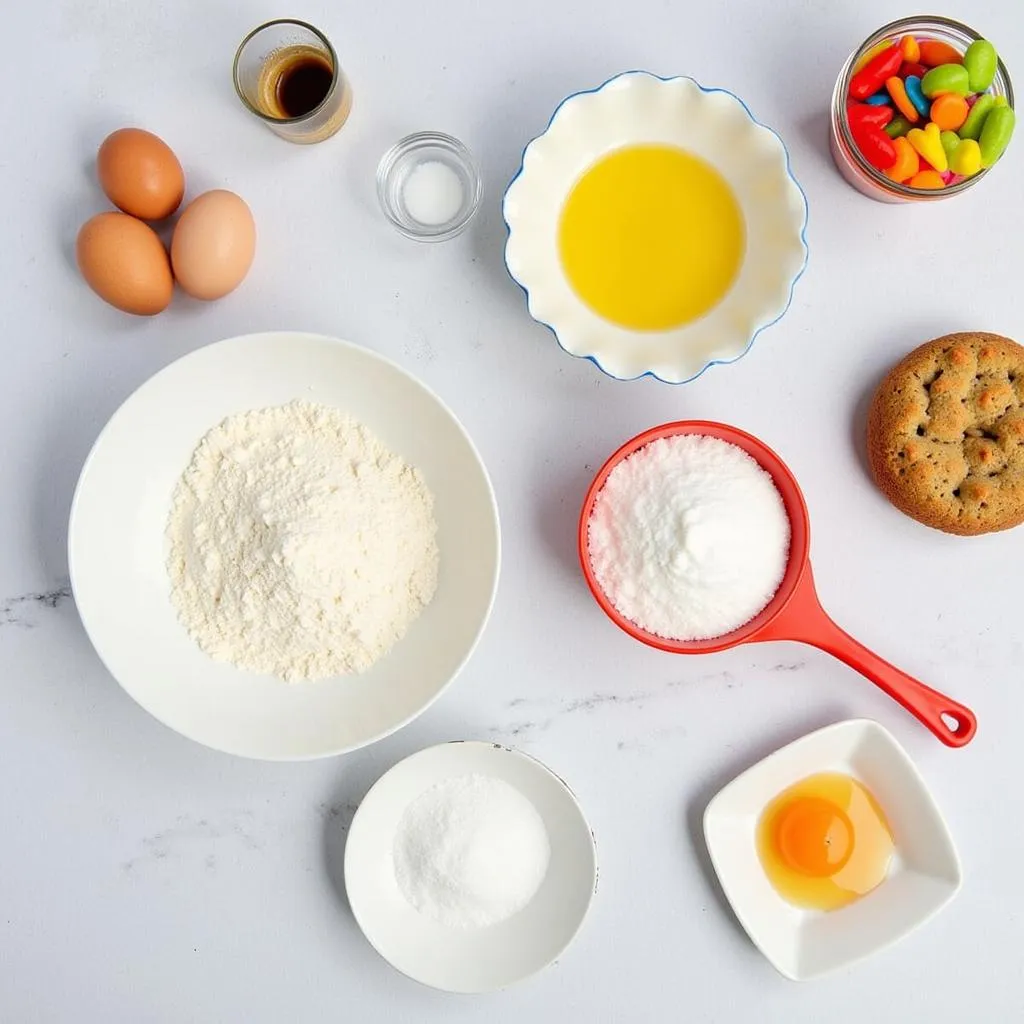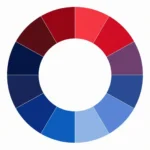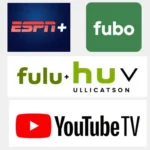Food coloring is a staple in many kitchens, adding a vibrant touch to baked goods and festive treats. But for individuals with celiac disease or gluten sensitivity, even seemingly harmless ingredients can raise concerns. So, does food coloring have gluten?
The answer isn’t always straightforward. While many food coloring brands are naturally gluten-free, some might be produced in facilities that also process gluten-containing ingredients, leading to potential cross-contamination. This article delves into the intricacies of food coloring and gluten, providing you with the knowledge to make informed choices.
Understanding Gluten and its Concerns
Gluten is a protein found in wheat, barley, and rye. In individuals with celiac disease, consuming gluten triggers an autoimmune response that damages the small intestine, leading to various health complications. Gluten sensitivity, while not an autoimmune condition, can also cause digestive discomfort and other symptoms.
Food Coloring Ingredients and Potential for Gluten
Most food colorings derive their hues from natural sources or synthetic dyes. Natural food colorings use pigments extracted from fruits, vegetables, and plants. These are generally gluten-free, but cross-contamination during processing is possible.
Synthetic food colorings, on the other hand, are created in laboratories. While these dyes themselves don’t contain gluten, the manufacturing process might involve gluten-containing ingredients or shared equipment.
Checking for Gluten in Food Coloring
- Read the Label: The first and most crucial step is to scrutinize the product label. Look for certifications like “Certified Gluten-Free” or statements indicating the absence of gluten-containing ingredients.
- Contact the Manufacturer: If you’re uncertain about a specific brand, reach out to the manufacturer directly. They can provide detailed information about their ingredients, sourcing, and manufacturing practices.
- Choose Reputable Brands: Opt for well-established food coloring brands known for their commitment to quality and transparency. These brands are more likely to have stringent gluten-free protocols in place.
 Colorful Food Coloring Bottles
Colorful Food Coloring Bottles
Gluten-Free Food Coloring Options
Several brands specialize in gluten-free food coloring, offering a safe and vibrant way to decorate your culinary creations. These brands often undergo rigorous testing to ensure their products meet gluten-free standards.
“When choosing food coloring, it’s essential to prioritize brands that prioritize ingredient transparency and have robust gluten-free practices in place,” says Jane Miller, a certified nutritionist specializing in food sensitivities. “This empowers individuals with celiac disease or gluten sensitivity to enjoy colorful treats without compromising their health.”
Tips for Avoiding Gluten in Food Coloring
- Be Cautious with Bulk Bins: While cost-effective, bulk bins of food coloring might pose a higher risk of cross-contamination. It’s best to choose pre-packaged options with clear labeling.
- Store Separately: Store your gluten-free food coloring away from gluten-containing ingredients to prevent accidental contact.
- Clean Thoroughly: Wash utensils and surfaces that have come into contact with gluten-containing foods before using them with your gluten-free food coloring.
 Gluten-Free Baking Ingredients
Gluten-Free Baking Ingredients
Conclusion
Determining whether food coloring contains gluten requires careful consideration of the ingredients, manufacturing process, and potential for cross-contamination. By reading labels, choosing reputable brands, and following the tips outlined above, individuals with celiac disease or gluten sensitivity can confidently incorporate vibrant hues into their culinary creations without compromising their health. Remember, knowledge is key when navigating the world of food sensitivities. If you’re ever in doubt, err on the side of caution and choose products with clear gluten-free labeling or consult a healthcare professional.
FAQs
1. Is all-natural food coloring gluten-free?
While natural food coloring typically doesn’t contain gluten, cross-contamination during processing is possible. Always check for certifications or contact the manufacturer to be sure.
2. What should I do if I accidentally ingest gluten through food coloring?
The reaction to gluten varies depending on individual sensitivity. If you experience any adverse effects, consult a healthcare professional.
3. Can I find gluten-free food coloring at my local grocery store?
Many grocery stores now carry a selection of gluten-free food coloring. Look for them in the baking aisle or the natural foods section.
4. Are there any alternatives to traditional food coloring?
Yes, you can use natural ingredients like beet juice, turmeric, and spinach to add color to your food.
5. Is Wilton food coloring gluten free?
This is a common question for home bakers. To get a definitive answer, it’s always best to check the product label or the manufacturer’s website.
Need help choosing the right food coloring for your needs? Contact Color Box Hanoi at 0373298888 or [email protected]. Visit our showroom at 86 Cầu Giấy, Hà Nội, for expert advice. We’re here to help 24/7!

